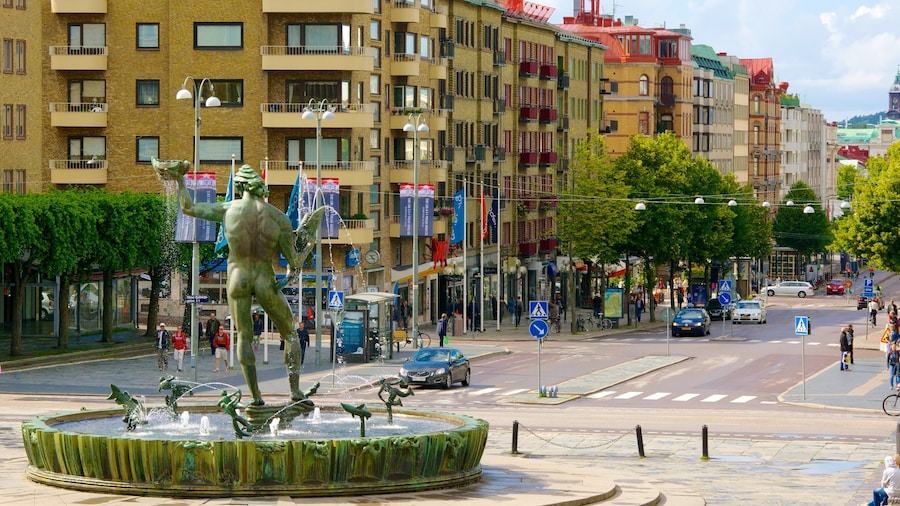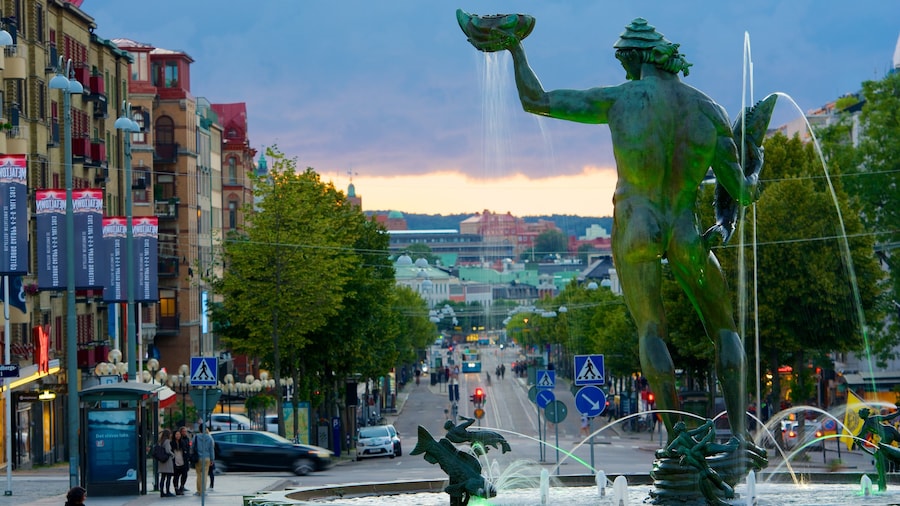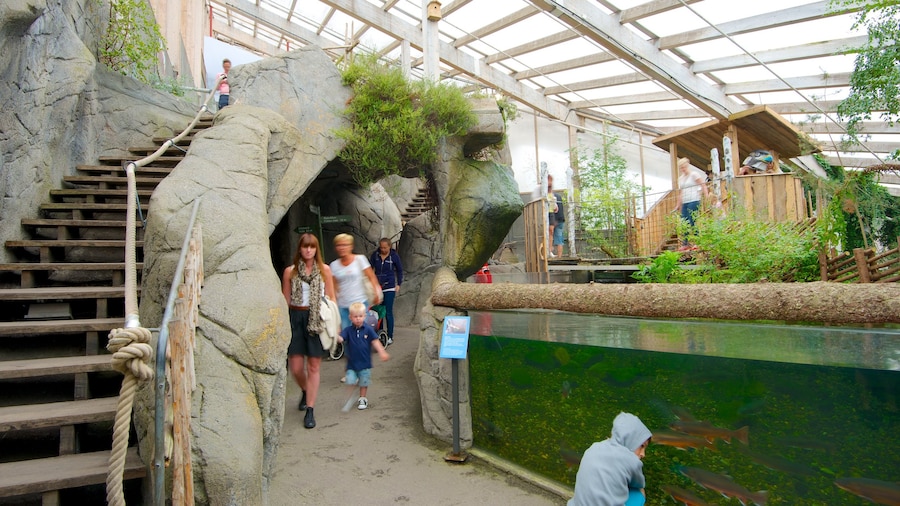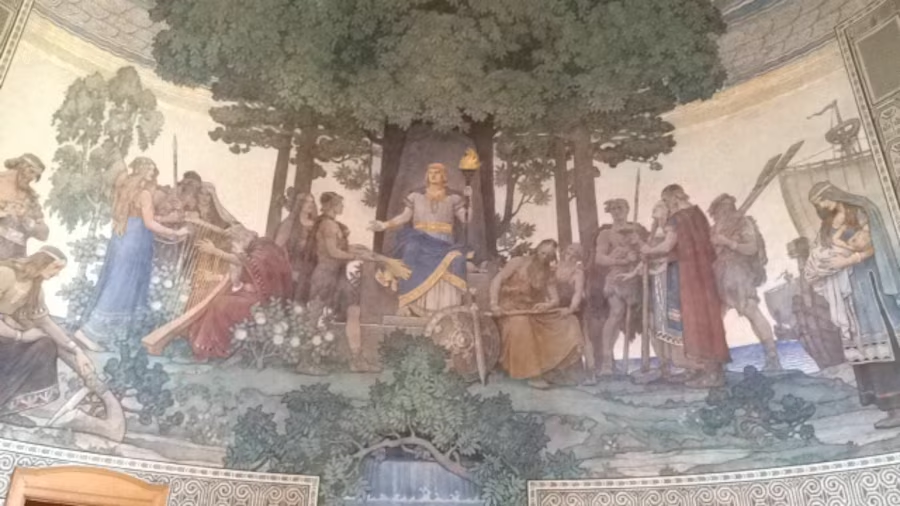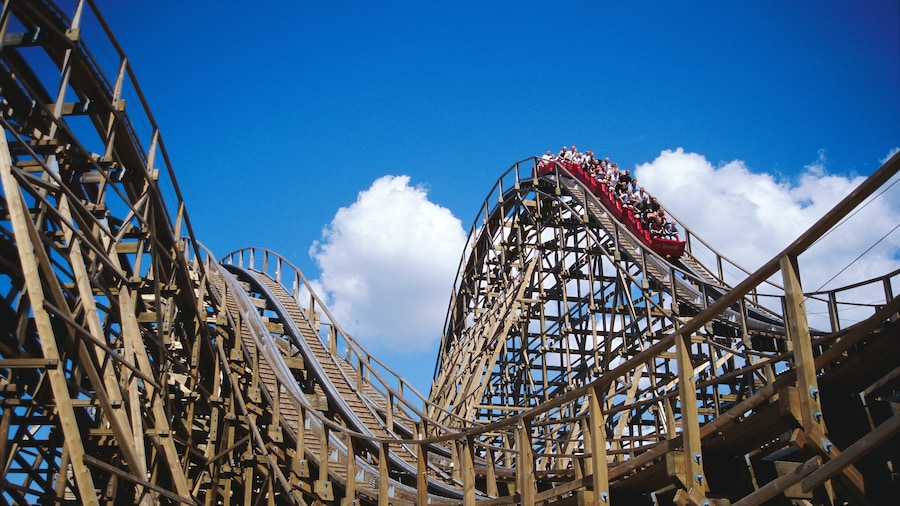Browse works by masters of the Nordic region and wider Europe in the Gothenburg Museum of Art (Goteborgs Konstmuseum). This collection of paintings and sculptures contains historic works from as far back as the 15th century, including a unique artistic movement made famous within the city. Look at well-known works while exploring the fascinating temporary exhibitions held frequently in the museum.
The Museum of Art was built in 1923 alongside many surrounding buildings as a celebration of Gothenburg’s 300th anniversary. Its stunning exterior, with light-coloured walls and tall arches, reflects the popular neoclassical architecture of the time. Explore the six floors inside, each filled with a number of artistic curiosities and collections of mainly Nordic and European art from over the centuries.
See in local collections a budding movement that was unique to the region. In the mid-19th century, a new style called the Düsseldorf School focussed on subject matter relating to landscapes and the lives of the peasant class.
Walk through the Furstenburg Gallery to see well-known Nordic works from the 19th century. Look for paintings by Munch and Larson as well as pieces by the Gothenburg colourists, whose bold strokes and bright colour were heavily influenced by Van Gogh.
Find European Art in six dedicated rooms. These works, most of which date back to the 15th to 17th centuries, include Rembrandt’s The Knight with the Falcon and Ruben’s The Adoration of the Magi. There are also works by Monet and Picasso.
Ring ahead to organise a guided tour, which are available in English for one to 30 guests at a time. Stop by the museum café for a light snack or a full meal.
The Gothenburg Museum of Art is located south of Avenyn on Gothenburg’s main square, Götaplatsen. The museum is open daily except between August and June, when it is closed on Mondays. An admission fee is charged for patrons aged 25 and over, however tickets are valid all year. Temporary exhibits may have an extra charge.
